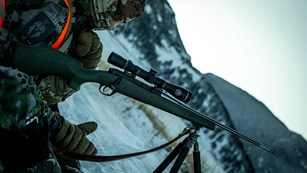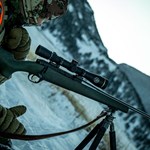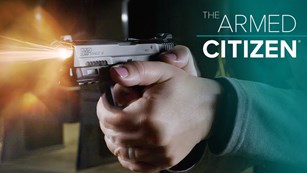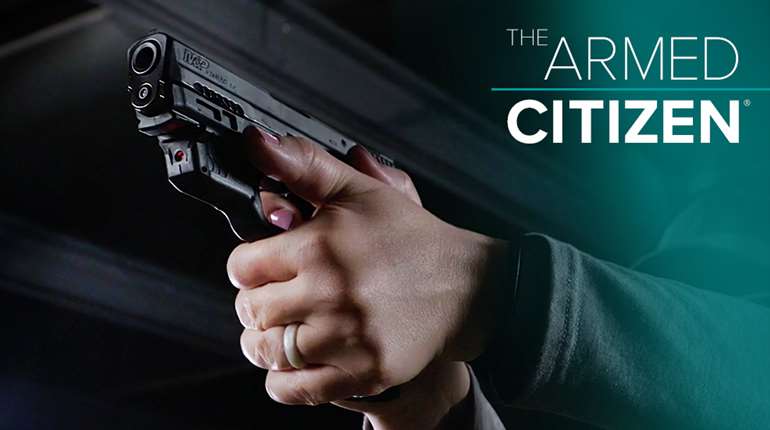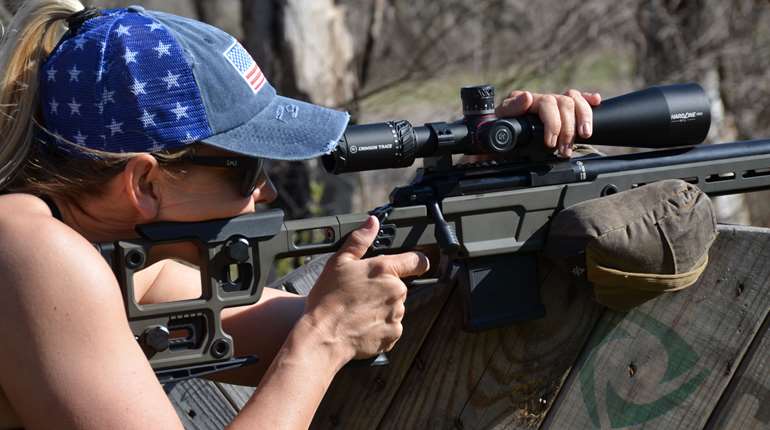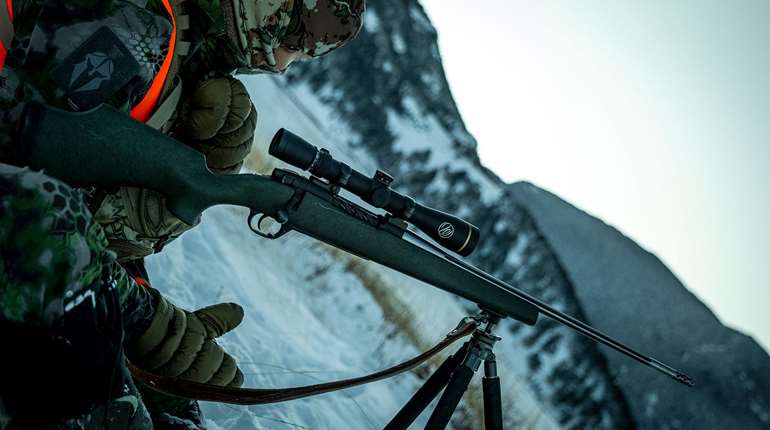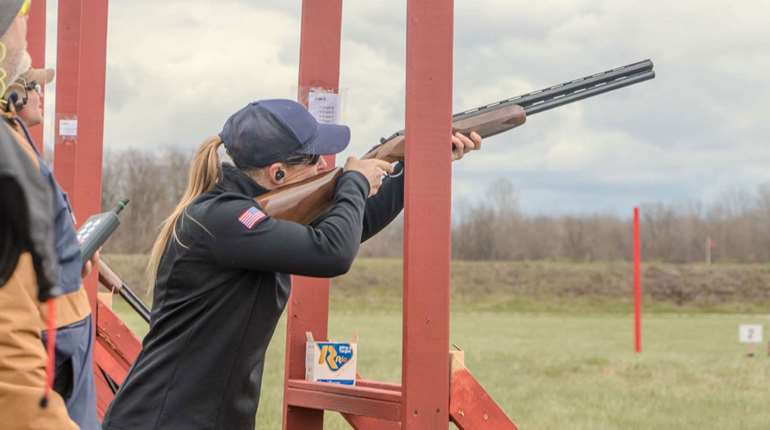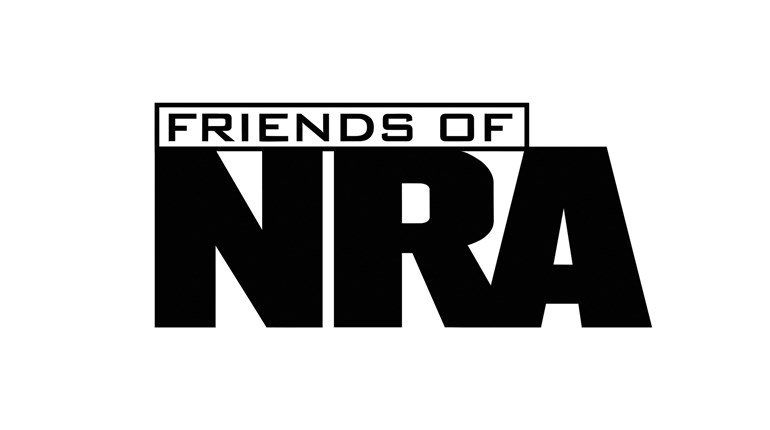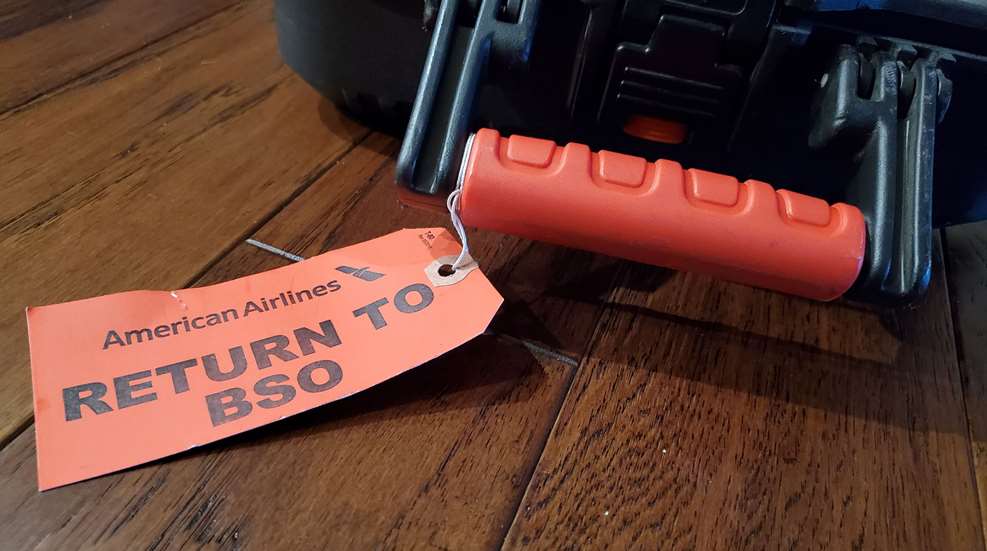
If you’re new to the process, flying with a gun is actually a lot easier than you’d probably expect. You need a couple of specific gear items, and you need to know the proper procedure, but it’s a relatively simple process. I’ve flown with long guns and handguns dozens of times around the country and around the world. The process is generally the same, but with some additional steps and maybe additional hassle depending on the airport and the disposition of the ticketing and TSA agents you’ll be dealing with. We’re talking about checked baggage here, as it’s illegal to carry a firearm on your person or in carry-on luggage on a plane.
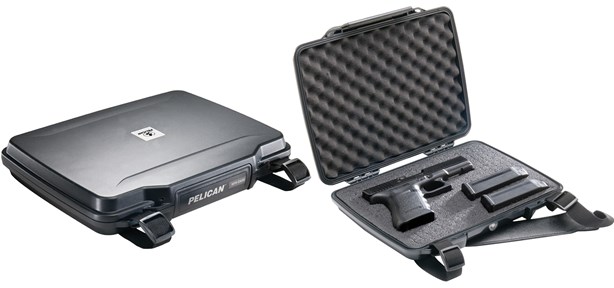
A Case for Flying
First, you need a hard-sided protective case to transport the gun in. If it’s a handgun, you have the option (which I strongly prefer) of placing your small hard-sided case inside your regular suitcase, and the plastic case your handgun came in is sufficient for this task as long as it can be secured with a padlock. If you’re flying with a shotgun or rifle, you’ll want a tough case like those made by Plano, Pelican and others that can withstand the bumps and bangs of baggage handlers. If the case is especially heavy (mine is a double gun case that weighs a ton), you might want wheels on it to make it easier to haul around. Consider putting your gun in a soft-sided carrying case inside the hard case. This will probably be handy at your destination, and it adds a little extra cushioning to protect the gun in transit.
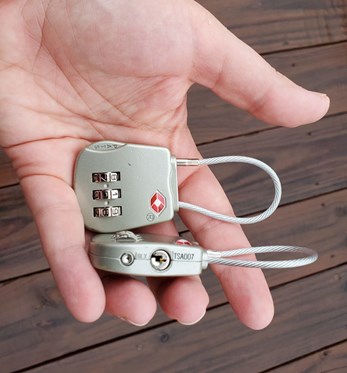
Your gun case must be locked, either by a built-in lock or padlocks. If the case has multiple holes to accommodate padlocks, TSA will want you to have a padlock for every single one of those holes—not just one. Special TSA locks are available at sporting goods stores. These are handy because TSA agents can open your gun case if you’re not around, which could potentially prevent you or your gun from missing a flight. The downside of this is that a TSA agent (or anyone with a TSA key) can open your gun case if you’re not around. You can use a standard padlock if you’re uncomfortable with that; though you do stand the chance of TSA breaking your lock in order to search the case, which they are allowed to do.
Packing Ammo
The gun must be unloaded. Magazines and ammo can be placed in the case with the gun if you prefer, as long as the ammo is in “a fiber (such as cardboard), wood, plastic, or metal box specifically designed to carry ammunition and declared to your airline,” according to TSA. The original factory packaging qualifies. Ammo can also be packed in your checked suitcase as long as it is in that same type of approved packaging. Now, that’s all according to TSA—your airline might have different rules about where ammo can travel, how much you’re allowed to transport and how it should be packaged, so you should check your airline’s website for their specific restrictions. If you can, it’s not a bad idea to print out and bring along the airline’s rules and the TSA’s rules, because you might run into agents who don’t see firearms often and aren’t familiar with how they’re supposed to handle the situation.
You can put anything else in the case with your gun you’d like, including clothing, optics or other gear. Do not—do not—have any loose ammo floating around in the case, because it’s considered “accessible,” and you could face serious legal charges.
Arriving at the Airport
When you get to the airport ticket counter, let the ticketing agent know that you’d like to declare a firearm. They will ask you to open the case (I like to leave the action of the gun open if it’s not in a soft case, for the agent’s reassurance—not that most of them know what they’re looking at), and sign a card stating that the gun is unloaded. You’ll put the signed card in the case and lock the case up. Then, the agent will tell you where to take the gun. They’ll either grab it and toss it on the belt, in which case you’re done, or they’ll have you take it to a special TSA screening area, where another agent will X-Ray it and might or might not ask you to open it again. I always get to the airport half an hour earlier than I normally would if I’m flying with a gun, just because this process can vary dramatically from airport to airport. Above all, be polite and patient.
Leaving the Airport
When you arrive at your destination and it’s time to pick up the gun, head to baggage claim. At smaller airports, your gun case might come out on the baggage carousel with your suitcase, but this is increasingly rare. In most places, you’ll need to pick the gun up at the airline’s baggage office or their “oversized baggage” area, both of which should be located near your baggage carousel. You will probably be asked for ID and might be asked to show your baggage claim ticket (never throw those away after you check in!). Depending on the airline, an agent might zip-tie your case shut or escort you out of the airport. You’re done!
Know Before You Go
Because every state in the U.S. has different firearm laws, don’t assume that the way you transport your gun in your home state will be legal where you’re going, especially if you’ll be taking public transportation. Check the laws of the state you’re flying to. In Maryland, for instance, you must lock the gun up, lock the ammunition up separately and keep both away from each other and from the driver of the vehicle. Even if you are just flying into a state and driving right to another one, you must know the gun laws of every state you’ll be traveling through.
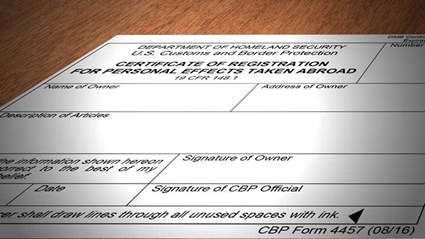
International flights departing from the U.S. on domestic airlines follow the same procedures, but you’ll want to obtain a 4457 form from your local Customs & Border Patrol office (usually located at the airport) before you leave the country with the gun. This allows you to bring the gun back into the U.S. without facing scrutiny about if you really own it and where you bought it. And, of course, every country has different laws and forms required for entry with a firearm. Some countries even require you to submit forms weeks or months before you arrive. Educate yourself on the gun laws in the country you’re flying to, and if possible, be prepared with the forms and fees you’ll need upon arrival.
That sounds like a lot of information, but it’s really a piece of cake once you have the proper case and locks. Just be polite with the airline and TSA agents you encounter, allow a little extra time to go through the process and enjoy yourself at your destination with your firearm.


